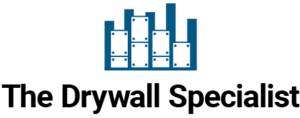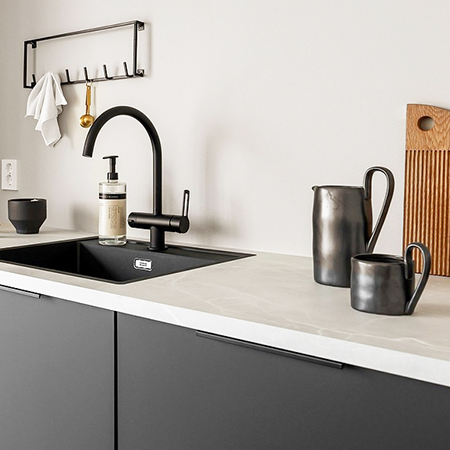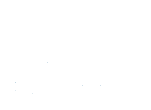Pro Tips for Dealing with Drywall Mold Removal
DRYWALL, DRYWALL EXPERT, DRYWALL MOLD, DRYWALL MOLD REMOVAL
In high moisture areas of a home, such as kitchens and bathrooms, drywall is meant to serve as a foundational wall surface with resistance to moisture. But under certain conditions, drywall can become a mold incubator.
Mold loves moisture, which makes your shower, tub, or bathroom a hospitable place for mold to grow. Mold also tends to grow behind kitchen and bathroom sinks, particularly if drywall is installed behind a sink without a tile barrier installed over it.
If you see mold on your drywall, it is important to act quickly. Early mitigation is critical to prevent mold from spreading, stop musty odors, protect the health of occupants, avoid costly drywall repairs, and protects home value.
Drywall Mold types
Several types of mold can grow on drywall, each with distinct characteristics. Some common mold types include Aspergillus, Penicillium, Alternaria, and black mold (Stachybotrys chartarum), which is known to be the most dangerous.
In mild cases, mold is known to trigger allergies, headaches and skin irritations. In worse cases, it can exacerbate respiratory conditions like asthma, bronchitis, and sinusitus. Ridding your home of mold quickly is key for maintaining a healthy home environment.
Drywall Mold Removal
Below are some expert tips using products with low toxicity to help mitigate many types of mold, along with measures you can take to help ensure mold does not return.
Remember to always wear protective gear, including safety goggles, gloves, protective clothing, and respirators when working with mold. And be sure to ventilate the treatment area well during and after treatment.
Vinegar and Water
You can create a mixture of equal parts water and white distilled vinegar. You can then either spray it on the mold-infested area or sponge it on. The solution should be left on the area for at least 10-15 minutes before wiping or scrubbing off. Several applications may be needed. Be sure to let the area completely dry with a fan or dehumidifier after each treatment.
Vinegar and water solutions work on several types of mold in mild cases. But if you have a stronger mold type or a larger, settled infestation, be sure to call in a professional drywall expert to handle it.
Hydrogen Peroxide
3% hydrogen peroxide (the kind sold at supermarkets and household goods stores) is an effective natural mold remover for many types of mold. To use it, pour the peroxide into an all-purpose spray bottle and spray it directly onto the mold, saturating the mold well. Let it rest for a minimum of 10-15 minutes before wiping it down with a warm, moist cloth. You can also scrub more stubborn cases with a brush or sponge and repeat the application a few times. Be sure to dry the area completely with a fan or dehumidifier after each treatment.
Again, if you have a stronger mold type or a larger, settled infestation, be sure to call in a trusted drywall expert for professional drywall mold removal and repair.
Baking Soda and Water
For drywall mold removal using baking soda, you have two options:
Spray: Mix 1 teaspoon of baking soda with 2 cups of water in a spray bottle. Shake well, spray on the moldy area, let it sit for 10-15 minutes, scrub, and wipe clean.
Paste: Mix 1 part baking soda with 1 part water (e.g., 1 tablespoon of each) to form a thick paste. Apply it to the moldy surface, let it sit for 10–15 minutes, scrub with a brush, and rinse with water. Allow the area to dry fully with a fan or dehumidifier. Repeat the process, if necessary.
When to Call a Drywall Expert
If your mold won’t come off with the above measures, it may be time to bring in a professional drywall expert for safe drywall mold removal and repair. Be sure to act quickly to avoid future mold growth and health hazards.
Preventing Future Mold Growth
Once you have safely removed all the mold from your drywall, you will want to take proactive measures to ensure that it does not return.
Here are some tips to help with mold resistance:
- Keep humidity levels below 50% with a dehumidifier.
- Run bathroom exhaust fans during and after showers.
- Fix leaks and dry spills immediately.
- Use mold-resistant paint and materials in high-moisture areas.
All of the above strategies go a long way toward helping to prevent future mold issues. Keep your drywall mold-free for a healthy home.


